The Parson’s Nose and other unfashionable cuts of meat
Shoppers once filled their baskets with rib-eye steaks, chicken breasts, and pork shoulders. Those cuts still dominate, but rising food prices are pushing people to look again at overlooked parts of the carcass. In butcher’s shops and kitchens, a quiet revival is underway. Unfashionable cuts of meat are stepping back into the spotlight.
Consider brawn, or head cheese. Families once boiled a pig’s or calf’s head to make a cold terrine, sliced and served with bread and pickles. Though it fell out of fashion, many who rediscover it find a dish that is rich, filling, and full of character.
Another example is sweetbreads. These tender glands from calves or lambs carry a delicate flavour and cook beautifully when treated with care. In skilled hands, they rival the best steaks.
Across the globe, chicken gizzards remain popular. In Poland, they enrich stews. Korean cooks stir-fry them with spice and sesame. In Britain, they often end up as pet food, but slow braising transforms them into something memorable.
Trotters and calves’ feet once played a vital role in British pies and jellies. Packed with natural gelatine, they gave structure and depth. Today, they are harder to find, but curious shoppers are asking for them again, drawn by flavour and value.
And then there is the Parson’s nose—the fatty tail end of a bird. Mocked in Britain, yet loved in Japan, where yakitori stalls sell it as bonjiri, this cut proves that taste often depends on culture.
Each of these examples tells a story. Once common, later dismissed, and now slowly returning, they highlight how every part of an animal has a use. In a time of higher prices and growing focus on waste, these forgotten cuts may well become tomorrow’s everyday staples.
The odd
Head cheese (brawn)
An American term for a cut of meat that is traditionally known as brawn in the UK, head cheese has absolutely nothing to do with cheese.
It is a kind of terrine made by boiling the head of a pig or a calf. It generally includes the flesh of the head and without the brain, eyes or ears. The head is boiled with herbs and spices over several hours so the collagen in the bones melts into the broth, creating a jelly once it’s cooled.
After boiling, the meat is strained, picked off the bones and chopped or shredded and placed in a dish. The broth is poured over and the whole dish is left to chill and solidify. The end result is a terrine with the shredded meat suspended in a meat jelly.
Brawn or head cheese is usually eaten cold and sliced for sandwiches or as a wedge of meat to sit with other cold cuts, cheeses and crackers, and it goes well with English mustard. The odd name comes from the Dutch “hoofdkaas”, which literally translates as “head-cheese”. It’s thought cheese here refers to the soft texture of the dish.
We also found a 17th century recipe for brawn that uses “two buttocks” of an unspecified animal which are put in a pot in the oven with pepper, cloves, nutmeg, mace, salt and wine, and boiled for seven hours. If you thought “head cheese” was an odd name, please don’t think too hard about what this version might have been called!
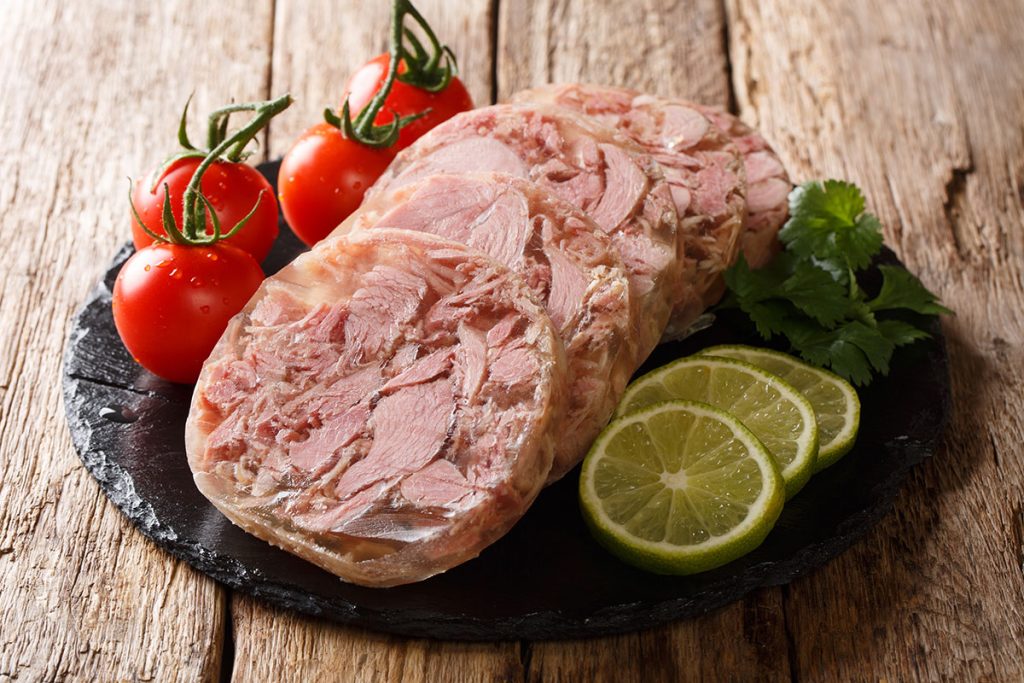
Sweetbreads
Despite the name, sweetbreads contain neither sugar nor flour. They are the thymus gland, and sometimes the pancreas, taken mainly from young calves (veal) or lambs. Beef and pork sweetbreads exist but appear less often.
Unlike general offal, sweetbreads hold a special status among chefs and food lovers. After soaking and blanching, they can be grilled, braised, or fried. When fried, the crisp outer layer gives way to a soft, creamy centre that makes meat enthusiasts rave. Their rich flavour pairs well with sharp accompaniments such as lemon, which cut through the depth of the meat.
Because they come from young animals, sweetbreads carry a higher price tag. They are far from the cheapest option, yet they deserve mention. Cooked with care, they remain one of the most indulgent and overlooked cuts of meat.
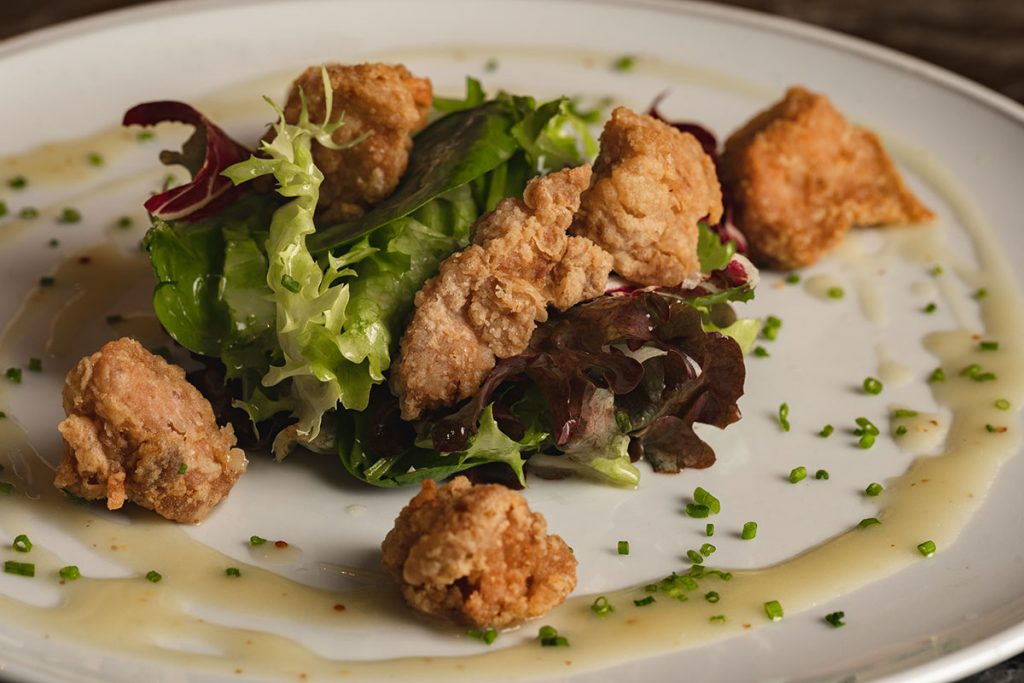
The cheap
Chicken Gizzards
Chicken gizzards remain one of the most economical cuts of meat, yet many people in the UK hardly know them. In the Southern United States, they feature in comfort classics like fried gizzards. Across Southeast Asia, street vendors grill them on skewers and serve them kebab-style. You may have even seen them already — they usually come in the giblet pack inside a whole roasting chicken.
The gizzard is a unique organ found only in birds. Since birds have no teeth, they swallow small stones that sit in the gizzard. Strong muscles then grind the food against the stones to aid digestion. It may not sound appetising, but don’t worry — commercially sold gizzards arrive fully cleaned. What’s left is dark, flavourful meat that tastes similar to other parts of the chicken. Better still, it’s cheap.
Cooking gizzards does require patience. Slow braising works best, as it allows collagen in the muscle to break down into gelatine, leaving the meat tender. Once braised, you can stir-fry them, batter and deep-fry them, serve with sauce, or add them to stews and casseroles. Polish cuisine has a traditional gizzard stew, while Korean kitchens often stir-fry them with chilli and garlic. Both show just how versatile this humble cut can be.

Calves Feet and Pigs Trotters
Calves feet and pigs trotters rank among the most economical cuts of meat. At first glance, a whole trotter might not look appetising, but history tells a different story. In Victorian times, they appeared on both grand dinner tables and humble family plates. Cooks would boil them with lemon, cinnamon, sugar, and wine, then strain the liquid and leave it to set into delicate jellies.
These cuts offer far more than sweet puddings. When boiled, they release natural gelatine that thickens soups, stews, and sauces. Pork pies gain their classic jelly from trotters, while traditional Ashkenazi cuisine uses calves’ feet to prepare P’tcha — a savoury jelly served with chopped egg.
Cooking methods vary. Roast them for crisp edges, poach them for softness, or braise them until the meat turns tender and moist. Done right, they deliver deep flavour and a melt-in-the-mouth texture that surprises anyone willing to give them a chance.
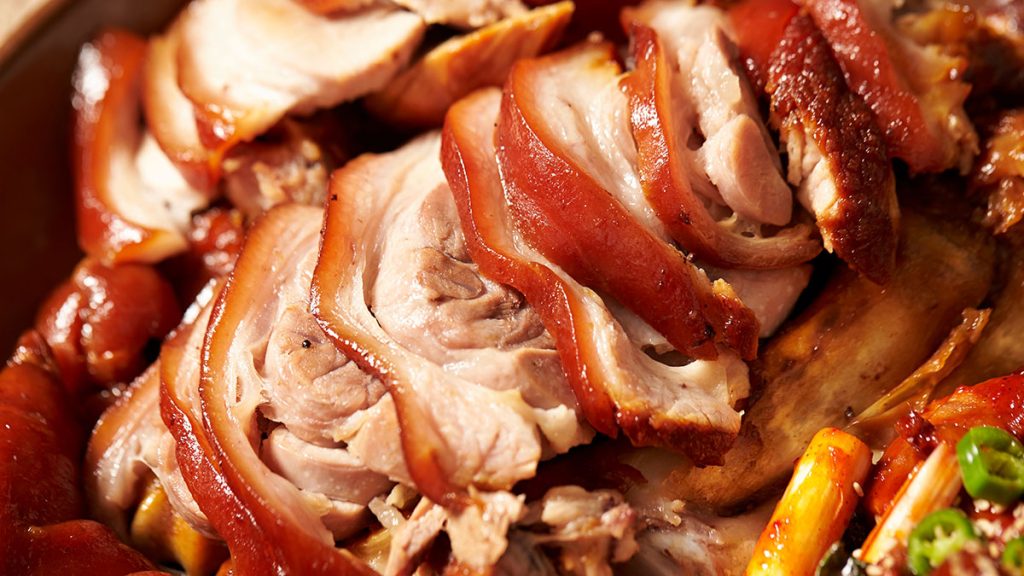
… and the slightly rude
Parson’s nose
It’s not a nose at all, it’s the fleshy part surrounding the final few bones in the spine of a chicken or a turkey, where the tail feathers are attached. In other words it is the bird’s rear end. Said to be named because a parson would always “have his nose in the air” much like a chicken’s bum.
Other names include “pope’s nose”, “sultan’s nose”, “chicken butts” or the anatomically correct, but more boring, pygostyle. It’s the fattiest part of the chicken because it houses the oil glands used by the bird to preen its feathers and, much like other cuts featured in this blog, it contains a lot of collagen and connective tissue. When cooked slowly, this makes the meat incredibly tender and soft, not to mention delicious.
- In Japan, the parson’s nose is popular in yakitori restaurants and is called bonjiri or sakaku. It’s seasoned with salt or tare sauce and grilled over charcoal.
- In China the pygostyle is used to make soups and soup stock.
- In Taiwan, it’s threaded onto skewers and barbecued with spices and marinades, and sold at night markets.
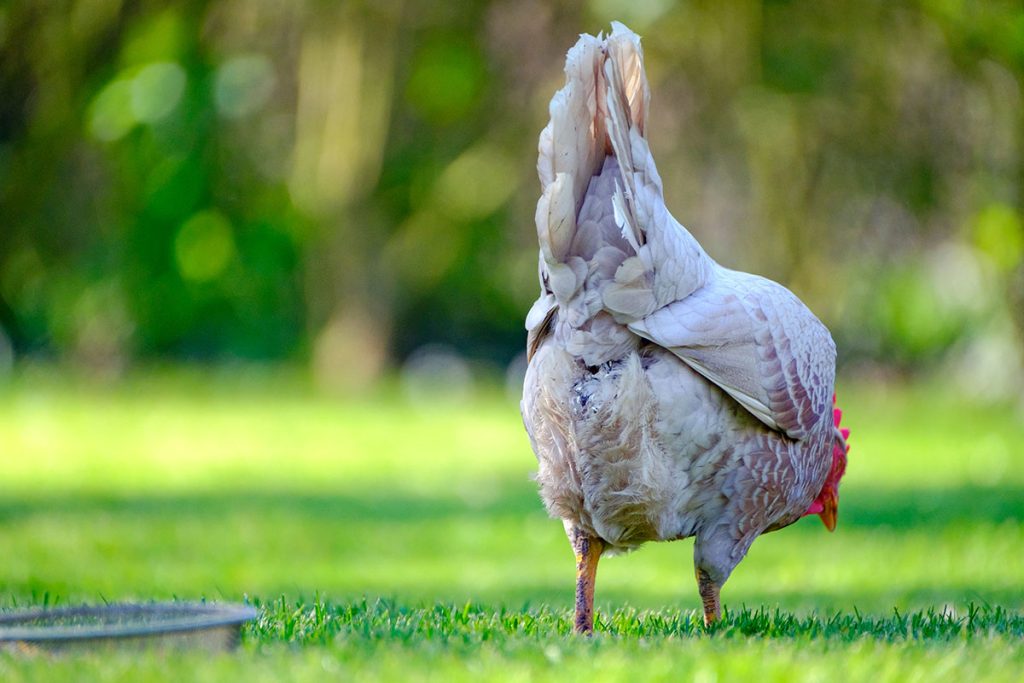
Parson’s Nose
Despite its name, the Parson’s nose has nothing to do with noses. It is the fleshy part at the end of a chicken or turkey’s spine, where the tail feathers attach. In plain terms, it’s the bird’s rear. The name supposedly comes from the old saying that a parson always “had his nose in the air,” much like a chicken’s behind.
This cut goes by many names: “pope’s nose,” “sultan’s nose,” “chicken butt,” or the more anatomical but less charming “pygostyle.” It also happens to be the fattiest part of the bird, as it houses the oil glands used for preening feathers. Like other collagen-rich cuts, it rewards slow cooking with soft, tender meat and a deep, savoury flavour.
Around the world, the Parson’s nose has a loyal following. In Japan, yakitori stalls grill it over charcoal and serve it as bonjiri or sakaku, seasoned with salt or tare sauce. Chinese cooks drop it into soups and stocks, while in Taiwan it often appears skewered, spiced, and sold at bustling night markets.
Once dismissed in the UK as little more than a joke, this humble cut shows that flavour often hides in the least fashionable places.
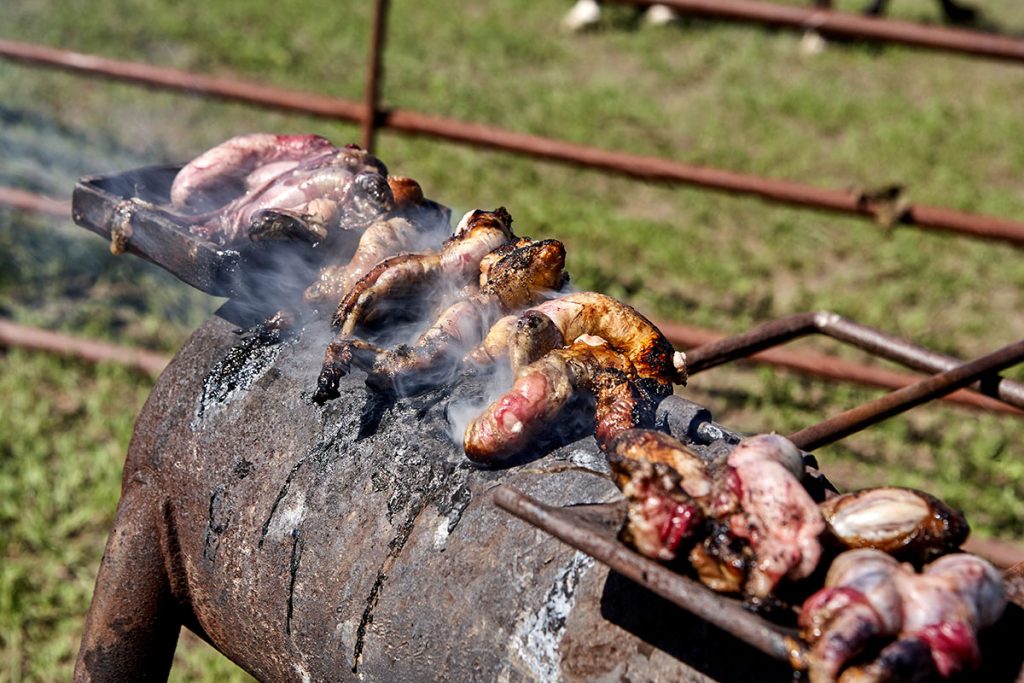
Now that we’ve expanded your meat horizons, if you’re looking for a weird cut of meat that’s not on our website, get in touch.